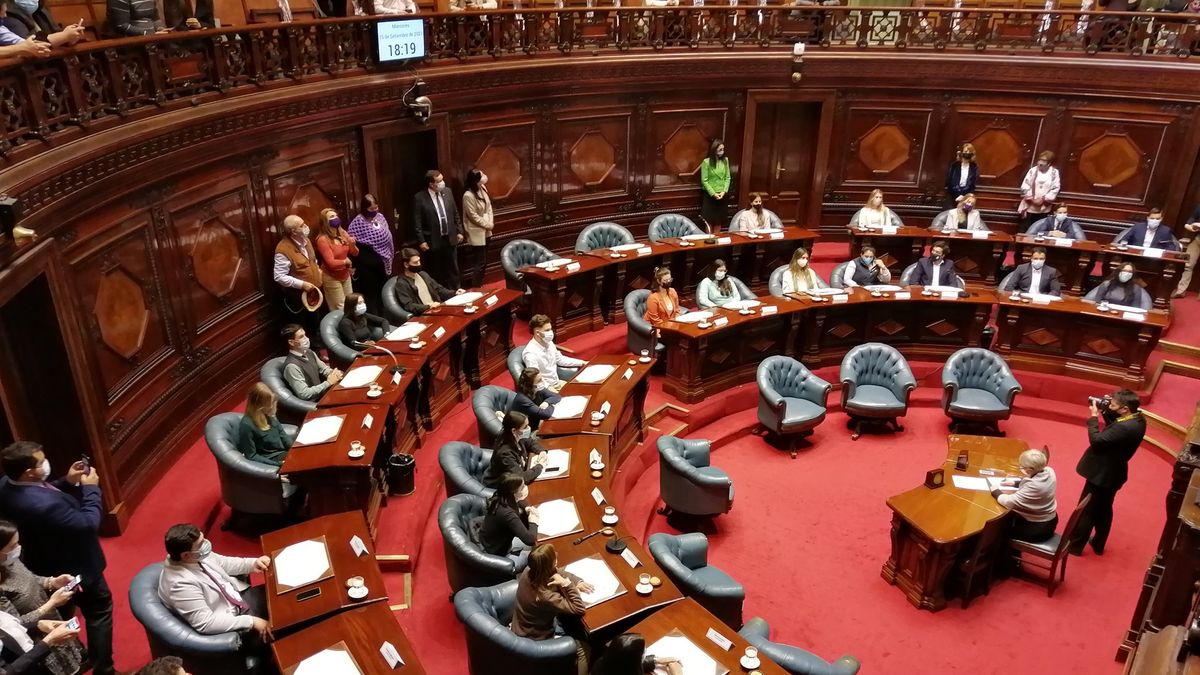The dollar has been going down as the markets doubt more and more de that the Federal Reserve has to raise interest rates above 5% to cool inflationsince already the effects of their aggressive rises have been felt of rates from last year.
Last week’s employment report showed that, even though the US economy added jobs at a good pace in Decemberalso recorded a slowdown in wage growth.
Powell, for his part, did not give certainty about what will happen to the rates, although he did refer to the inflation and affirmed that the independence of the Federal Reserve of the political influence is “fundamental” to fight the inflation.
Added to this are the lower applications for unemployment benefits, which reinforces that the US labor market continues to show significant strengthand becomes especially relevant if one takes into account the successive rises in interest rates by the Federal Reserve (Fed) and the slowdown of the economy.
Other data showed a less service activityand investors are now expecting rates to top out just for below 5% in Junebefore start to decline at the end of the year.
However, many Federal Reserve officials continue to assert that rates have yet to rise and that will remain at high levels. On Monday it was the turn of Raphael Bosticpresident of the Atlanta Fed, and Mary Daley, President of the San Francisco Fed.
In Bostic’s case, considered that the rates should be higher than 5% compared to the current level between 4.3% and 4.5%according to the Bloomberg news agency.
“They will probably continue to raise rates at the currency meeting later this month and again in March, but they will probably do so by 25 basis points instead of 50.”opined, for his part, the former governor of the FED, Randall Kroszner.
The dollar indexwhich measures the performance of the greenback against a basket of currencies in which the euro has the greatest weight, rose 0.3% to 103.03, after falling a 0.7% and play a minimum of seven months of 102.93 in the previous session.
The fast reopening of chinese borders after the restrictions imposed by the pandemic also meant another push into riskier assets and currencies this weekaway from the safe-haven appeal of the greenback, particularly China-linked currencies.
The offshore yuan traded at 6.7878 units per dollarafter having reached its highest value in five months, at 6.7590 units, at the beginning of the session.
The dollar also stabilized against the yen Japanese at 131.7 yen. Japan’s currency has strengthened since the Bank of Japan made a surprise rate change late last year.
Source: Ambito
I am a 24-year-old writer and journalist who has been working in the news industry for the past two years. I write primarily about market news, so if you’re looking for insights into what’s going on in the stock market or economic indicators, you’ve come to the right place. I also dabble in writing articles on lifestyle trends and pop culture news.




